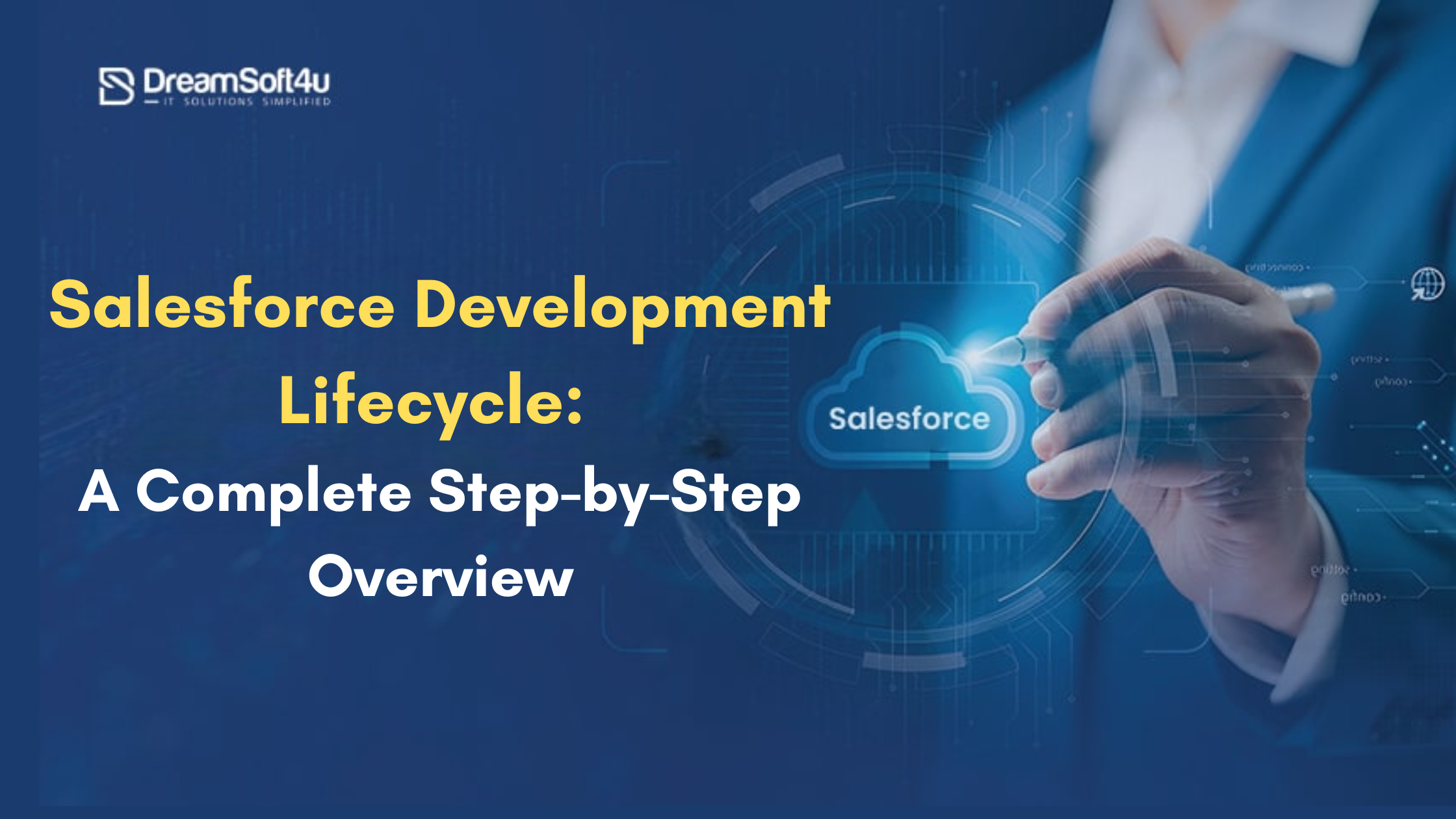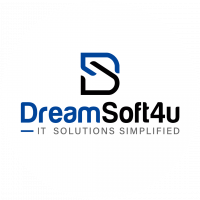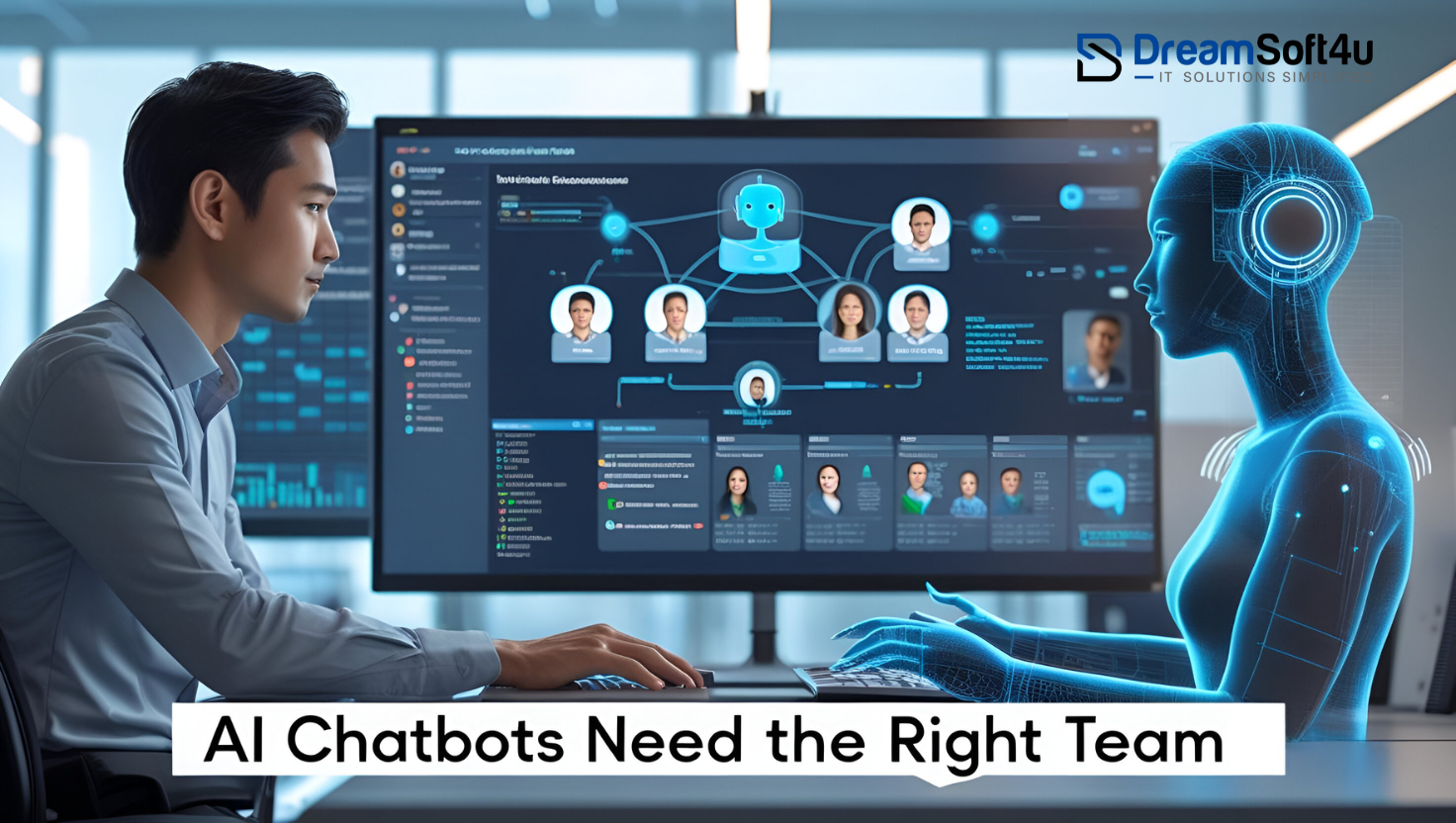Salesforce Development Lifecycle: A Complete Step-by-Step Overview

Strong 8k brings an ultra-HD IPTV experience to your living room and your pocket.
In today's competitive digital landscape, customer relationship management (CRM) is at the heart of business operations. Among the CRM platforms available, Salesforce stands out as the most robust and versatile. But leveraging Salesforce to its full potential requires a well-structured approach to development. That's where understanding the Salesforce Development Lifecycle becomes crucial.
This comprehensive blog will guide you through each phase of the Salesforce Development Lifecycle, highlight its role in salesforce application development, and offer practical insights for businesses and developers alike.
What Is the Salesforce Development Lifecycle?
The Salesforce Development Lifecycle is a structured series of steps that guide developers and organizations through the process of building, testing, deploying, and maintaining Salesforce applications. Unlike ad-hoc development, this lifecycle promotes consistency, efficiency, and reliability in Salesforce projects.
Importance in Modern Business Environments
Businesses rely heavily on CRM systems to manage customer data, automate processes, and improve sales efficiency. A defined development lifecycle ensures that custom solutions meet user expectations, minimize errors, and scale effectively with business growth.
Key Stages of the Salesforce Development Lifecycle
1. Requirement Gathering
The first step is understanding what the business needs. Developers collaborate with stakeholders to gather detailed requirements, pain points, and business goals. Tools like user stories, flowcharts, and process maps are essential at this stage.
2. Planning & Analysis
Once requirements are defined, it’s time to evaluate them. During this phase, developers prioritize features, estimate timelines, allocate resources, and assess risks. Planning also involves identifying which Salesforce modules (Sales Cloud, Service Cloud, etc.) and custom objects will be needed.
3. Design Phase
In this phase, the actual blueprint of the application is created. This includes:
Data modeling (objects, fields, relationships)
UI/UX design (page layouts, Lightning components)
Workflows and business process diagrams
Design approval is critical before moving into the development phase.
4. Development
Development is the execution phase where Salesforce solutions are built using tools like:
Apex (custom server-side logic)
Visualforce (legacy front-end)
Lightning Web Components (modern front-end)
Flows and Process Builders (declarative automation)
Developers use sandboxes (Developer, Partial Copy, Full Copy) to create and test components in isolated environments.
5. Testing
Thorough testing is crucial for delivering a quality product. It includes:
Unit testing (code coverage for Apex)
Functional testing (ensuring features work as intended)
UAT (User Acceptance Testing) where end-users validate the product
Automation tools like Selenium, Provar, and Salesforce’s Test Classes are often employed.
6. Deployment
Once the application has passed all tests, it's deployed to the production environment. Deployment tools include:
Change Sets
Salesforce CLI
ANT Migration Tool
CI/CD platforms like Copado and Gearset
Rollback strategies are also planned to address any post-deployment issues.
7. Post-Deployment Maintenance
After deployment, developers monitor the application for bugs, performance issues, and user feedback. This phase includes:
Scheduled updates
Bug fixes
Training sessions for end-users
Tools and Best Practices in Salesforce Development Lifecycle
DevOps and CI/CD
DevOps improves collaboration between development and operations teams. In Salesforce, CI/CD tools like Gearset and Copado automate deployments, backups, and monitoring, reducing manual errors.
Version Control
Using platforms like Git or Bitbucket ensures code integrity and enables collaboration in multi-developer environments. Every change is tracked, reviewed, and managed efficiently.
Sandbox Strategy
Choosing the right sandbox is essential:
Developer Sandbox: For individual testing
Partial Copy Sandbox: For testing with subset data
Full Copy Sandbox: For simulating production environment
Using sandboxes appropriately minimizes the risk of errors in production.
Common Challenges and How to Overcome Them
Miscommunication Between Teams
Agile frameworks, regular standups, and clear documentation help bridge communication gaps between stakeholders, developers, and QA teams.
Poor Documentation
Insufficient documentation leads to confusion. Use tools like Confluence or Salesforce DX for maintaining comprehensive documentation.
Testing Delays
Testing often gets pushed to the end, but early-stage testing saves time. Automation and parallel testing can accelerate the lifecycle.
Real-World Use Case: Salesforce Development Lifecycle in Action
Imagine a mid-sized eCommerce business needing a custom sales dashboard on Salesforce. Here's how the Salesforce Development Lifecycle unfolds:
Requirement Gathering: Sales leaders express a need for real-time tracking of sales reps.
Planning: Developers decide to use Lightning components and Apex for backend calculations.
Design: Wireframes are created for mobile and desktop versions.
Development: Apex classes are written to fetch sales data; LWC is used for dynamic UI.
Testing: QA performs automated testing and manual user tests.
Deployment: Code is pushed via CI/CD to production.
Maintenance: Weekly monitoring and monthly updates keep the dashboard efficient.
This example illustrates how a defined lifecycle streamlines development and ensures quality delivery.
Benefits of Following the Salesforce Development Lifecycle
Consistency: Ensures repeatable success across projects.
Quality Assurance: Early testing and structured workflows reduce bugs.
Scalability: Supports business growth with robust architecture.
Faster Time-to-Market: Clear stages and automation shorten delivery cycles.
Enhanced Collaboration: Agile and DevOps practices improve teamwork.
Moreover, integrating Salesforce application development best practices within this lifecycle boosts innovation and user satisfaction.
Conclusion
The Salesforce Development Lifecycle is not just a technical framework; it's a strategic enabler that drives successful Salesforce implementations. By adhering to its structured phases — from requirements to maintenance — businesses can deliver tailored CRM solutions with greater confidence and lower risk.
At DreamSoft4u, we specialize in end-to-end salesforce application development and lifecycle management. Our experienced team ensures your Salesforce investment delivers measurable results through meticulous planning, agile development, and continuous support.
Frequently Asked Questions (FAQ)
Q1: What are the main phases of the Salesforce Development Lifecycle?
The primary phases include Requirement Gathering, Planning, Design, Development, Testing, Deployment, and Maintenance.
Q2: Why is version control important in Salesforce development?
Version control helps teams manage code changes, collaborate effectively, and avoid overwrites or duplication.
Q3: Can I skip testing if the application is simple?
No. Testing ensures that the application functions correctly and meets user expectations, regardless of complexity.
Q4: What’s the difference between a Partial Copy and Full Copy Sandbox?
A Partial Copy Sandbox contains a subset of production data, while a Full Copy includes all data and metadata, ideal for simulating the live environment.
Q5: How does DreamSoft4u support the Salesforce Development Lifecycle?
DreamSoft4u offers comprehensive Salesforce services including development, testing, DevOps, deployment, and ongoing support tailored to your business needs.
Note: IndiBlogHub features both user-submitted and editorial content. We do not verify third-party contributions. Read our Disclaimer and Privacy Policyfor details.







